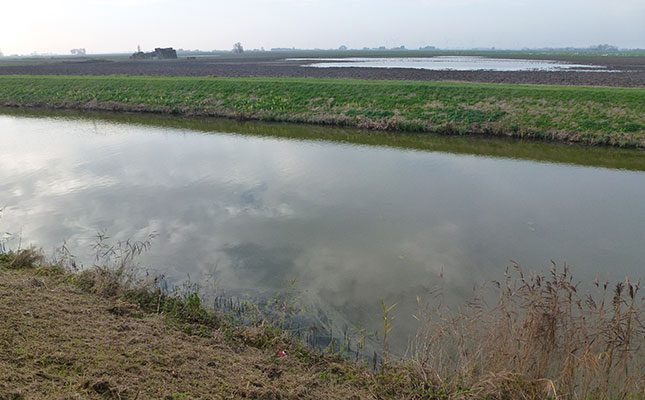Cape Town: The stark reality of climate change casts a long shadow over Africa, a continent bearing the brunt of a crisis it did little to create. While wealthy nations industrialised on a foundation of fossil fuels, leaving a trail of greenhouse gas emissions, sub-Saharan Africa, responsible for a mere 4% of global emissions, now faces devastating consequences. This imbalance has ignited a debate over “climate debt,” a concept demanding wealthy nations compensate for their disproportionate pollution.
As Africa rapidly urbanizes, requiring vast resources to accommodate a projected 1 billion new urban dwellers by 2050 and adapt to climate-induced disasters, the question of climate debt becomes increasingly urgent. Urban economist Astrid R.N. Haas argues that this debt, a legacy of “atmospheric appropriation,” must be addressed to ensure a just and sustainable future for the continent.
“The idea of climate debt is rooted in the understanding that wealthier nations have essentially used more than their fair share of the atmosphere’s capacity to absorb greenhouse gases,” explains Haas, a Research Associate at the African Centre for Cities, University of Cape Town. “This historical pollution places a moral and practical obligation on them to support developing nations like those in Africa, which suffer the most from climate change’s effects.”
The Action Aid report, reviewed by Haas, estimates that wealthy nations achieved up to 70% of their economic growth by exceeding their fair share of the climate budget, amounting to a staggering $36 trillion owed to African countries. Yet, sub-Saharan Africa receives a paltry 5% of global climate finance, a stark indicator of the unpaid debt.
Haas underscores the link between urbanisation and climate debt. “Historically, industrialization, powered by fossil fuels, has been the engine of economic growth. But Africa cannot afford to replicate this high-carbon trajectory,” she warns. “We need to forge a new path, a low-carbon urbanisation, to mitigate the climate crisis.”
But the financial burden is immense. While the Paris Agreement pledged $100 billion annually to developing nations, a figure now increased to $300 billion by 2024, developed countries have yet to fully deliver on the initial commitment. Some experts argue that the true climate debt is closer to $192 trillion, or $4 trillion annually until 2050.
“These calculations only scratch the surface,” Haas notes. “There are compelling arguments for reparations that address the legacy of the transatlantic slave trade and ongoing financial losses due to illicit financial flows.”
The impact on African cities is profound. With limited climate finance directed towards urban adaptation, cities struggle to build climate-resilient infrastructure and services. Moreover, the reliance on loans, rather than grants, exacerbates Africa’s existing debt crisis.
“Two-thirds of climate finance flowing to Africa is in the form of loans,” Haas explains. “This is deeply problematic when African nations are already burdened with high-interest debt. If climate finance is meant as reparation, it should not be repaid.”
As major donors cut aid budgets, Haas calls for a unified African approach. “We must move beyond passive reliance on goodwill,” she asserts. “Climate debt repayment is a matter of fairness and in the long-term interest of the entire planet.”
South Africa’s G20 presidency presents a crucial opportunity to push for debt restructuring and increased access to climate finance. “This is a chance to spotlight climate debt and ensure funds are directed towards resilient urban development,” Haas concludes. “The future of African cities, and indeed the continent, depends on it.”




